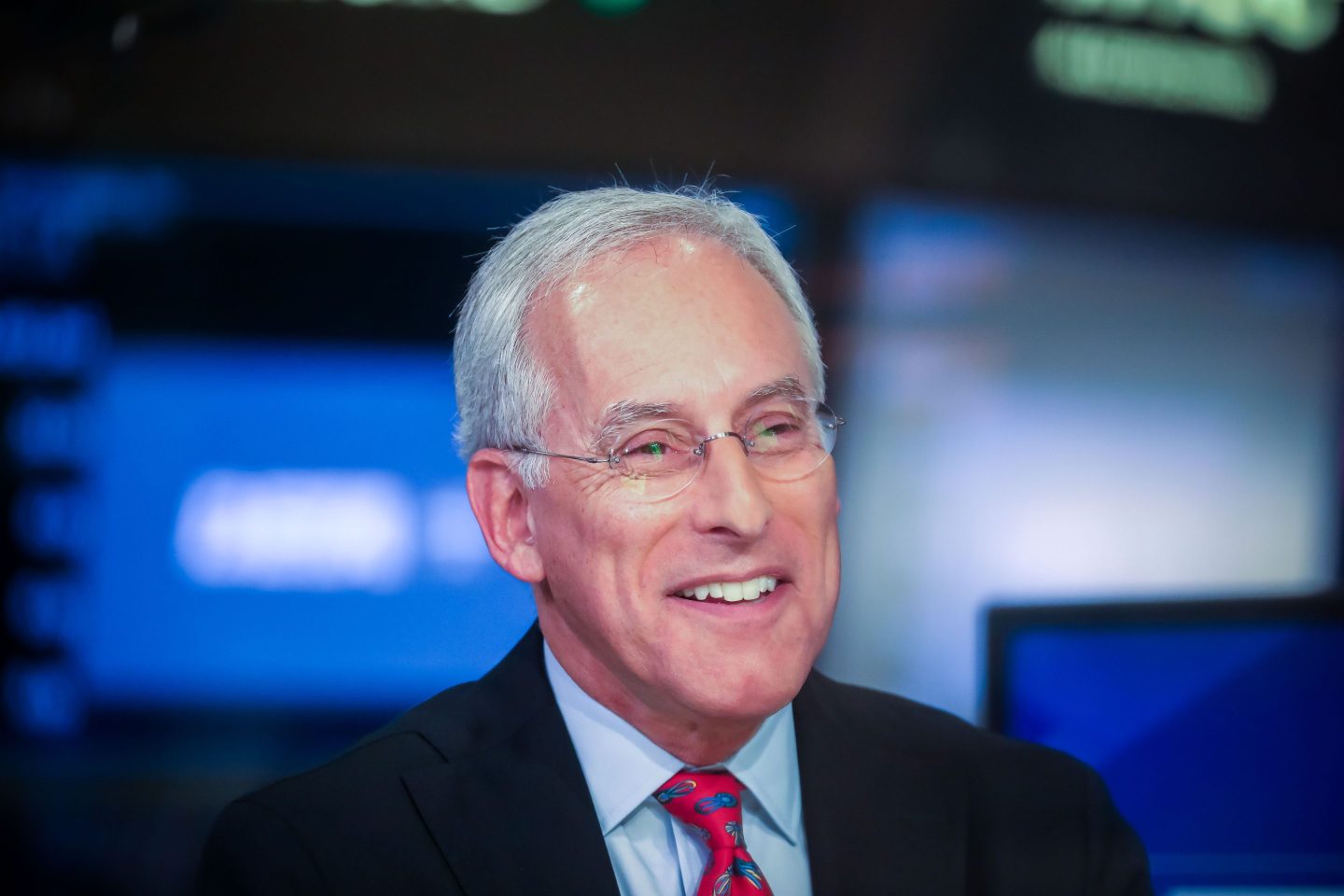Europe is closer to the introduction of a digital euro after the European Commission today proposed a law that would make such a thing possible. This being Europe, privacy is central to the pitch—but there are big questions around how that’s going to be achieved.
The European Central Bank is technically still just looking into the idea of creating a digital version of the euro—which is used in 26 countries—and it will only close that investigation in October. But the ECB needs to see a legal framework for a digital euro before making that decision, and that train is now in motion.
The proposed regulation describes a digital version of cash that could be used for online and offline payments. All but the smallest businesses would be required to take digital euros, while an accompanying legislative proposal would also ensure businesses still have to keep accepting euro banknotes and coins. Even people without bank accounts would be able to go to a post office or local authority to set up a digital euro account, so there’s a financial inclusion element here, too.
Why do this? It’s partly about making Europe less reliant on America’s Mastercard and Visa payment processing networks, and on apps like PayPal, while providing an easy-to-use digital currency that avoids the risks associated with cryptocurrencies. Europe also doesn’t want to fall behind if China’s digital yuan catches on internationally and the still very non-digital dollar loses its grip on global trade. But China’s central bank digital currency is widely seen as being a tool of surveillance and control, and the EU does not want to give the impression of following suit.
Here’s the crucial bit: Offline digital euro payments—which would use mobile devices’ near field communication (NFC) chips, removing the need for a working data connection—are supposed to retain all the anonymity that comes with handing someone a physical banknote. “Nobody would be able to see what people are paying for when using the digital euro offline,” the Commission said in an explainer.
Under Article 37 of the proposed law, neither payment service providers nor central banks would be able to retain transaction data for such payments—they wouldn’t even have access to such data, as the peer-to-peer nature of NFC-based payments cuts them out of the loop. However, payment service providers would be required to keep data on amounts, timing, and device identifiers when people add digital euros to their devices or cash them out.
The Commission’s line is that this is “the same as what [people] disclose when they take cash out of an ATM.” Is it, though?
The German banking industry is certainly concerned about the privacy element (and more; banks don’t want to be sidelined by a new, official payment system). “It is questionable how the ECB intends to transfer the advantages of euro cash, for example, privacy and anonymity, to the digital world by means of an envisaged account-based version of a digital euro,” the industry’s association said in a statement describing citizens’ trust as “a key success factor for the widespread use of a digital euro.”
“It is not true that the so-called offline transactions would be the equivalent of cash. Or at least this isn’t guaranteed by the regulation,” wrote cybersecurity researcher Lukasz Olejnik in a blog post. “In other words, this sounds more like a PR ploy to reduce concerns about tracking users’ lives and transactions.”
Of course, there will be many opportunities to improve on the Commission’s proposal, which will now be modified by the European Parliament and the EU’s member states. But as it stands, there may be reasons to be concerned about whether the digital euro really will retain the full privacy characteristics of cold, hard cash.
More news below.
Want to send thoughts or suggestions to Data Sheet? Drop a line here.
David Meyer
Data Sheet’s daily news section was written and curated by Andrea Guzman.
NEWSWORTHY
DoorDashers can now earn hourly rates. Couriers for DoorDash usually earn base pay that depends on factors like time, distance, and desirability of the order. That will still remain for those who prefer it, but now couriers have another option to “earn by time.” In a Wednesday announcement, DoorDash shared details of the new system, which provides those making deliveries with a guaranteed hourly minimum rate. DoorDash says the hourly payment begins when a courier accepts an order and ends when it’s dropped off. Couriers can also enable a location-sharing feature that can share their real-time location with up to five contacts, so that they can have a sense of safety while working. DoorDash also shared updates for those placing orders such as a search feature to find items across restaurants, grocery stores, and retail locations.
The metaverse isn’t drawing much interest. The metaverse is struggling to live up to the hype, a new report by analyst firm Gartner shows. Using interviews with metaverse providers and reviewing feedback from early adopters, analysts found that VR experiences involve downsides that could make it difficult to increase scale. There’s the expensive hardware that makes users physically uncomfortable, and when it comes to immersive meetings, people prefer traditional videoconferencing and say avatars are too low-fi. Augmented reality seems to be bringing more tangible value to early adopters, according to the report, which cites high interest from retail organizations.
Zoox robo-taxis are driving in Las Vegas. Amazon subsidiary Zoox is taking a step toward a commercial launch with its robo-taxis—sans driver, steering wheel, or pedals—being tested on public streets in Las Vegas. It makes Nevada the second state where Zoox’s vehicles are driving autonomously after a February deployment in Foster City, Calif. In Las Vegas, Zoox has charted out a one-mile loop around the neighborhood where its headquarters are located, a route it plans to expand in the coming months. On the current route, the robo-taxi can take four Zoox employees at a time along a public road at a speed of up to 35 mph. This comes as competing robo-taxi companies Waymo and Cruise face a July vote on whether they can expand in San Francisco, where public officials and experts have shared safety concerns about the vehicles.
ON OUR FEED
“I’m extremely impressed with his strength, power, and skill, on the feet and on the ground. It was epic.”
—Podcaster Lex Fridman on his impromptu training session with Elon Musk earlier this week. While he has Fridman’s support, Musk’s father has described Elon’s planned cage fight with Mark Zuckerberg as a no-win situation.
IN CASE YOU MISSED IT
Venture capitalist Joe Lonsdale pitched a $2.6 billion citywide tunnel system project built by Elon Musk’s Boring Company to Austin’s mayor, emails show, by Jessica Mathews
Influencers are getting blasted for a factory tour of Chinese fast-fashion giant Shein. Some ‘haul’ video creators say the brand was already sinking, by Alexandra Sternlicht
Major League Baseball is using A.I. to scout upcoming players, by Nicholas Gordon
Alphabet’s stock got downgraded twice in two days because of A.I.’s threat to the Google search monetization machine, by Stephen Pastis
Wedbush’s Dan Ives says Wall Street is underestimating the A.I. gold rush: This is no ‘hype cycle,’ by Chloe Taylor
New Legend of Zelda game results in a Switch sales surge for Nintendo, by Chris Morris
BEFORE YOU GO
SoFi tries to combat A.I. bias with a photo booth. Personal finance company SoFi set up a pop-up photo booth at Brookfield Place in New York City for a couple of days last week and invited women to have their snapshots taken. The decision to take photos of women specifically was part of a campaign SoFi launched to challenge bias in generative A.I. systems, which don’t often represent women when prompted to share images of people who are good with money or successful investors.
As part of the campaign, the pictures from the photo booth were used to create an A.I. image overlaid on a background filled with dollar bills that were fed back into an A.I. model and used to retrain it. SoFi’s chief marketing officer Lauren Stafford Webb hopes it can help change incorrect stereotypes about women and their finances. “Women already control $10 trillion in the U.S.—and it’s set to be $30 trillion by 2030,” Webb said. “By correcting what is ultimately a misconception of women and how they handle money, we will be able to empower even more women to get their money right.”
This is the web version of Data Sheet, a daily newsletter on the business of tech. Sign up to get it delivered free to your inbox.












